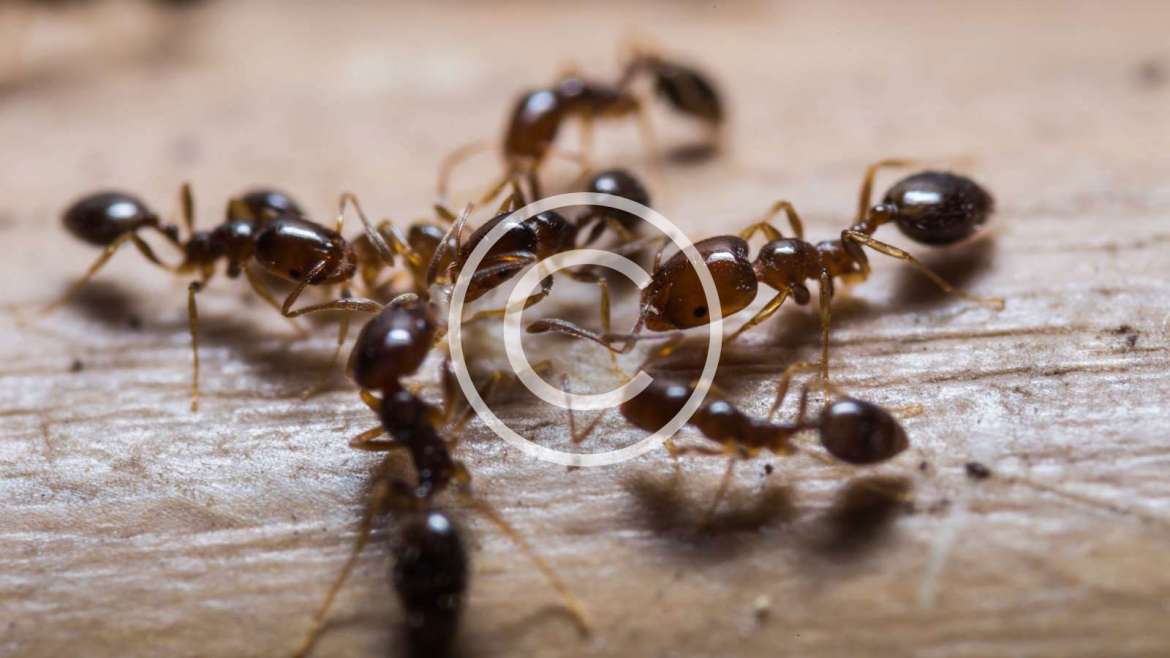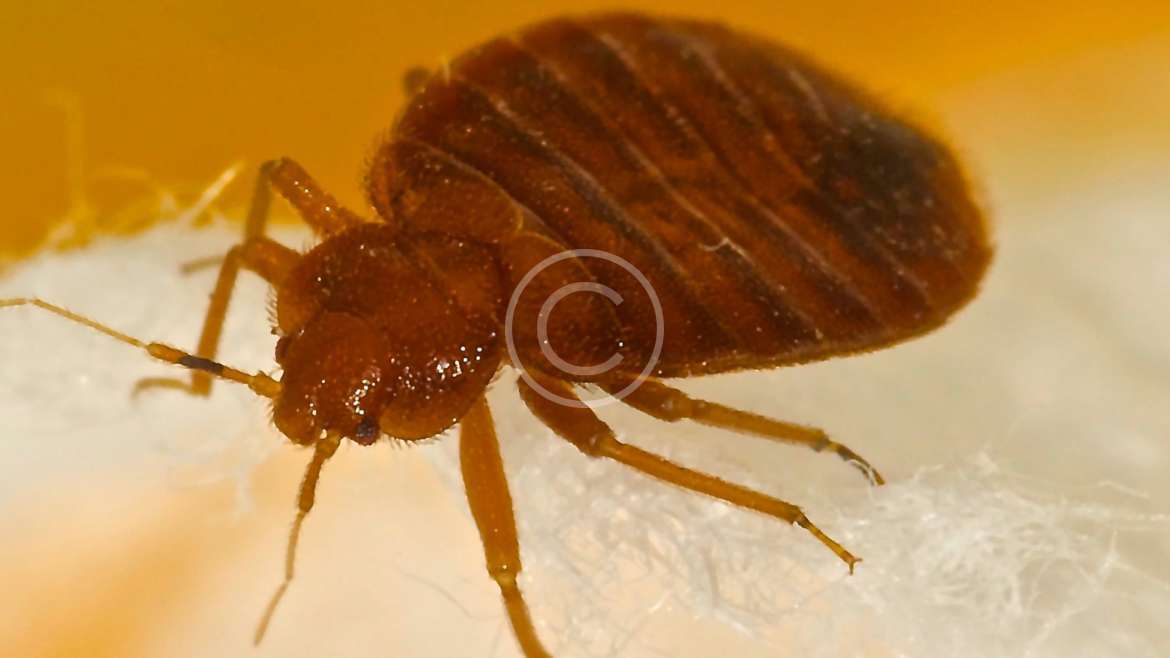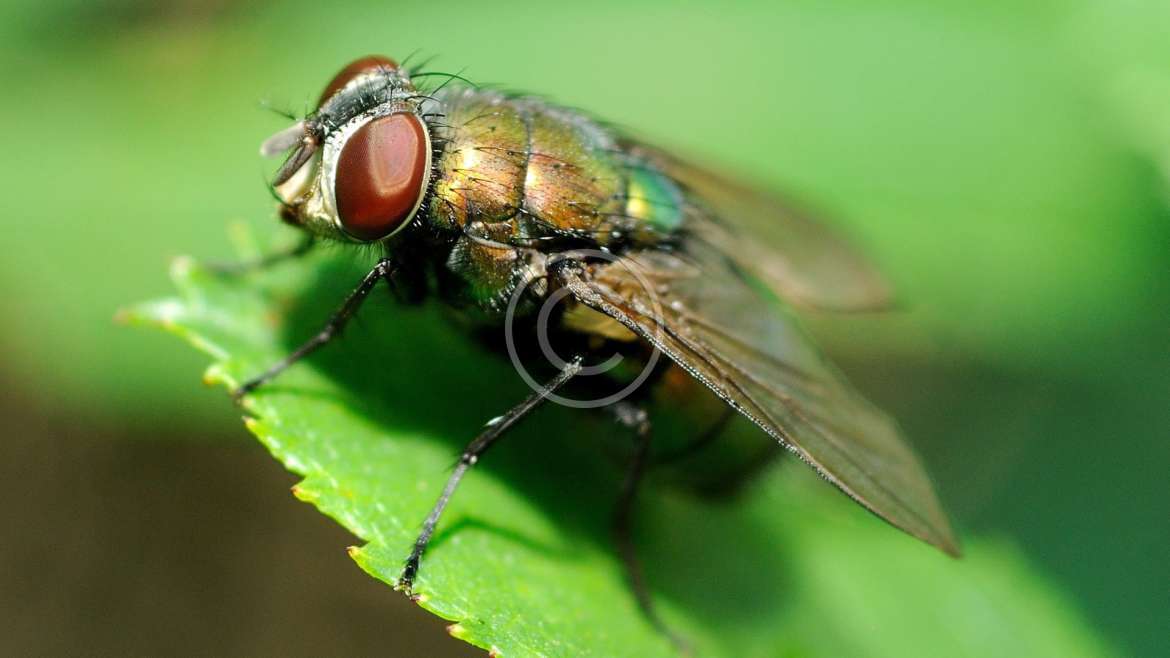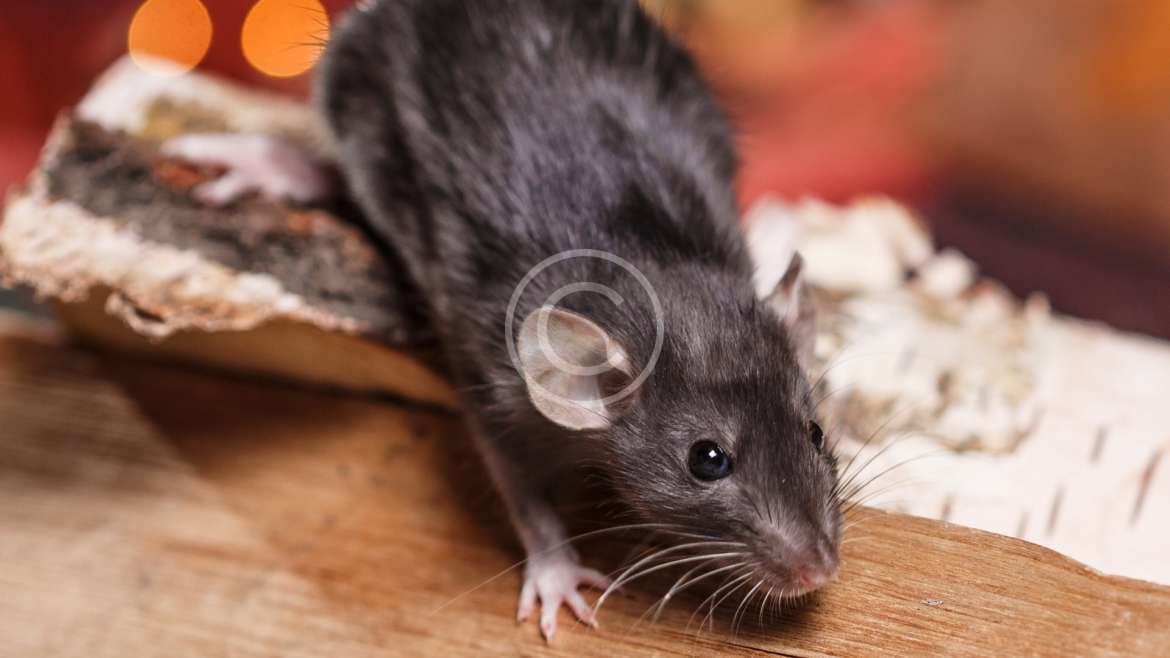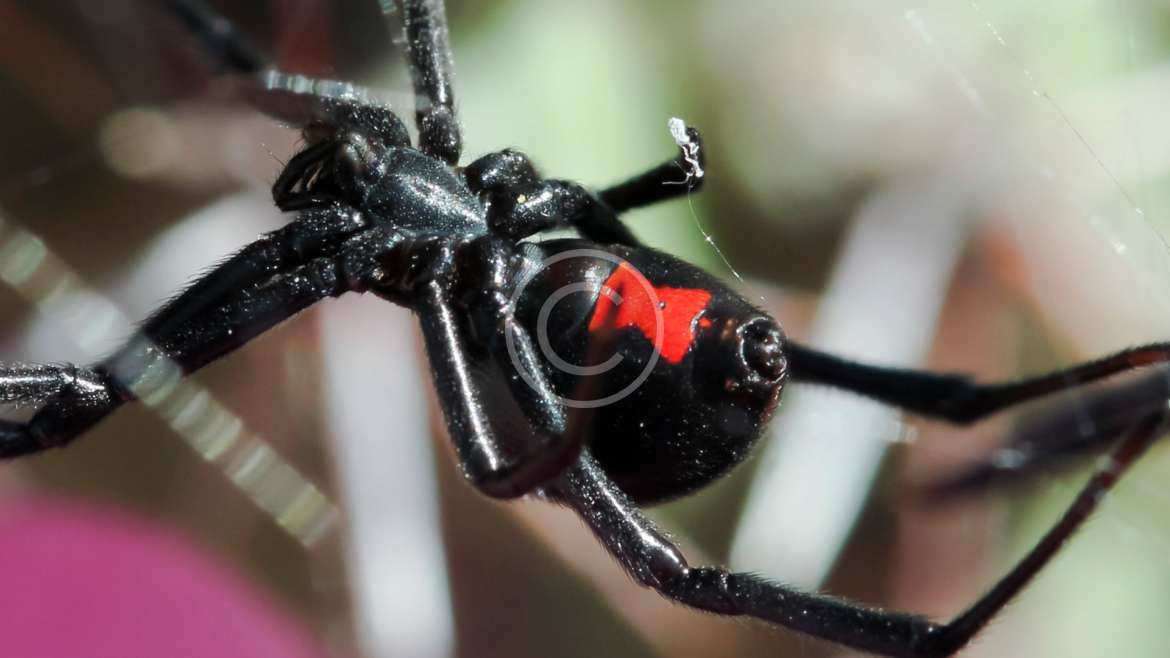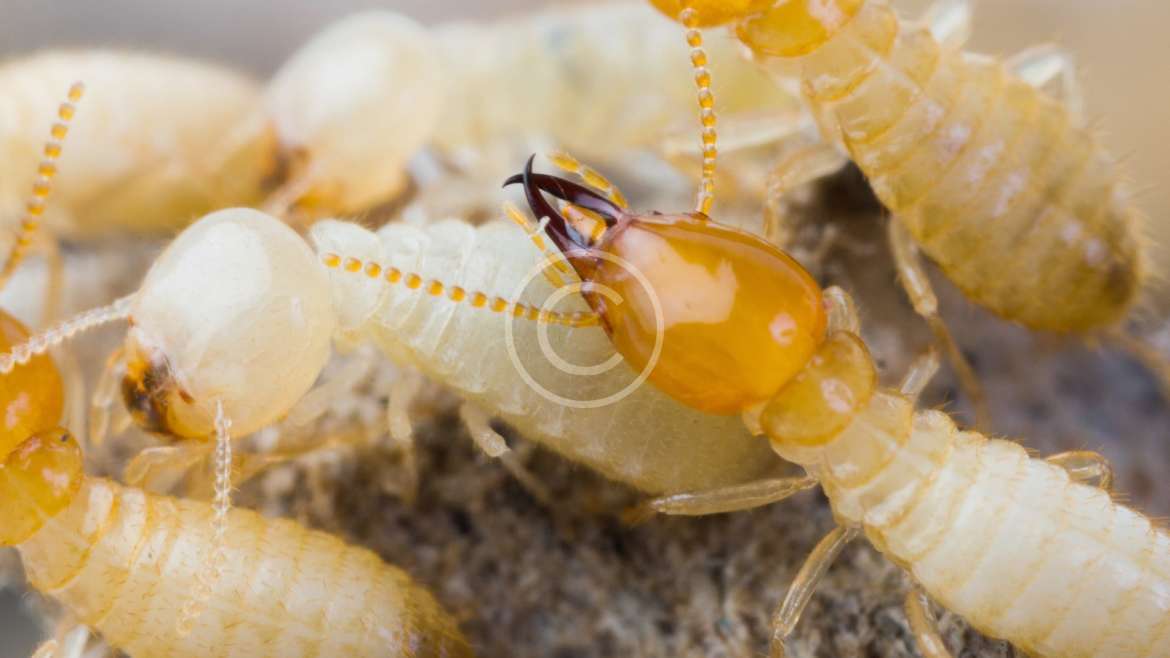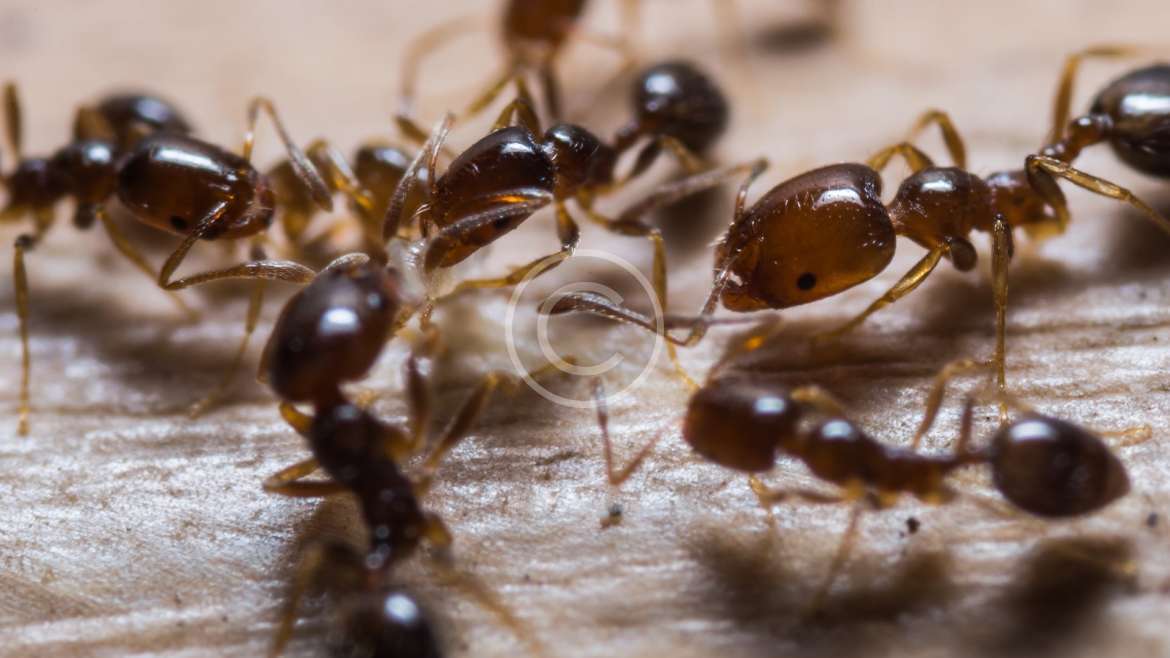Centipede
Centipedes have a place with class of Chilopoda. The name centipede, which signifies “100 legs,” can be fairly deceptive: centipedes may have anywhere in the range of 15 to 177 sets of legs. Centipedes are stretched, with level, divided bodies that contain a couple of legs for each fragment. Centipedes happen in a few hues and examples however most basic are chestnut and rosy orange. They run in size from 4 to 152 mm, contingent upon the species.
The heads of centipedes have a couple of long and touchy radio wires. They have little mouths and have vast, clawlike structures that contain a venom organ. Since most centipedes are rapacious animals that rummage for nourishment around evening time, they utilize their paws to deaden their casualties, for example, worms, bugs and little vertebrates.
Conduct, Diet and Propensities
Grown-up centipedes cover up in wet, dull and isolates ranges amid winter. They place eggs in hosed soil amid summer or spring. As centipedes get to be grown-ups, they grow a complete arrangement of legs and additional portions. Most centipedes live for over a year and some up to six years. Centipedes may enter houses and structures, yet they don’t meander amid daytime. They cover up in sodden territories around bathrooms, storage rooms, storm cellars and different destinations commonly invaded by irritations.
Centipedes distinguish prey through the utilization of their radio wires, which are secured with thick hairs. Their prey is immobilized by venom infused from the maxilliped tooth and held set up by the maxillipeds. Prey is gone to the mouth by means of the first and second maxillae and is then separated by the mandibles. Most centipedes are savage and go after delicate bodied creepy crawlies, insects, worms and different arthropods, including different centipedes.
Centipedes are not prone to expend wood. In reality, arthropods generally known as wood eating centipedes are millipedes. While millipedes do nearly take after centipedes, millipedes are herbivores and detritivores, subsisting on dead and rotting plant material, including wood or cellulose material.

